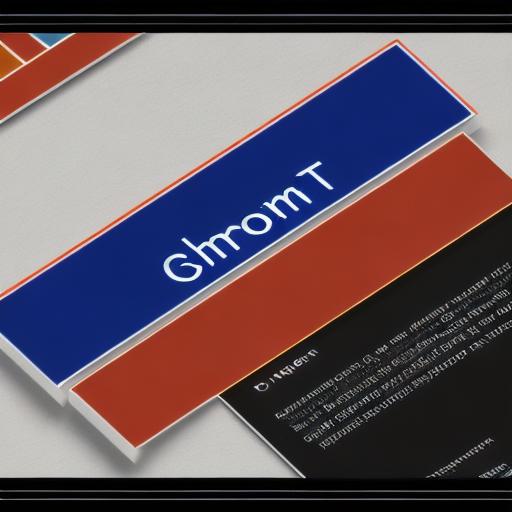Meta Platforms Inc., commonly known as Meta, is the holding company for Facebook and its subsidiaries. The ownership structure of Meta is a complex web of interconnected entities that reflect its evolution over the years. In this text, we will explore the key components of Meta’s ownership structure and provide context to help you better understand the company’s corporate organization.
Mark Zuckerberg’s Control
At the core of Meta is Mark Zuckerberg, the founder and CEO. He holds a supermajority of voting power in Facebook Inc., which translates to significant control over the company’s strategic direction. In 2015, Zuckerberg transferred his Facebook shares to the Chan Zuckerberg Initiative (CZI), a philanthropic organization co-founded with his wife Priscilla Chan. However, he retained control over 58% of the voting power of these shares through a special class of non-voting stock.
Meta Platforms Inc.

Meta Platforms Inc., formerly known as Facebook, Inc., is the publicly traded parent company of Meta. It owns Facebook and various other subsidiaries, including Instagram, WhatsApp, Oculus VR, and Messenger. Meta Platforms is a Delaware corporation with its primary headquarters in Menlo Park, California.
Class A and Class C Shares

Meta Platforms’ common stock comes in two classes: Class A and Class C shares. Class A shares have one vote per share, while Class C shares have ten votes per share. This weighted voting structure is designed to give greater influence to long-term investors. Zuckerberg’s control over the company is primarily through his ownership of Class B supervoting shares, which do not dilute his voting power even when new Class A and Class C shares are issued.
Dual-Class Stock Structure
Meta Platforms’ dual-class stock structure has been a subject of controversy due to the potential for entrenched control by founding CEOs or major shareholders. Proponents argue that it provides stability, allowing founders to focus on long-term growth rather than short-term profit maximization. Critics, however, fear that it can lead to an erosion of corporate governance and accountability.
Summary
Meta’s ownership structure is a testament to the company’s transformative growth from a social media platform to a technology conglomerate. Mark Zuckerberg’s control through Class B supervoting shares and Meta Platforms’ dual-class stock structure illustrate the complex corporate organization that underpins this dynamic company. While some view it as an essential tool for innovation, others criticize it as a potential threat to corporate accountability. Regardless of personal opinion, understanding Meta’s ownership structure is crucial for investors, stakeholders, and anyone interested in the future of technology giants.
